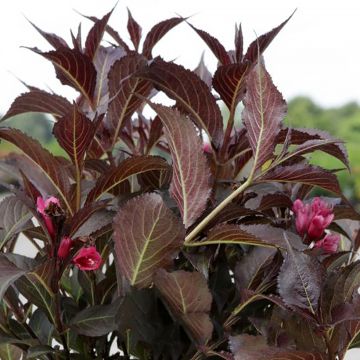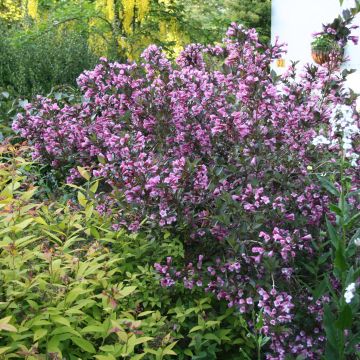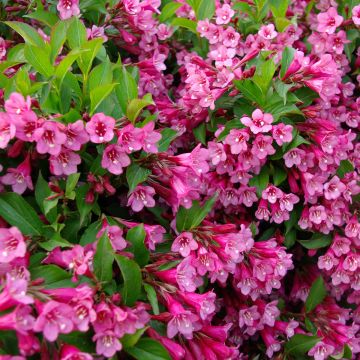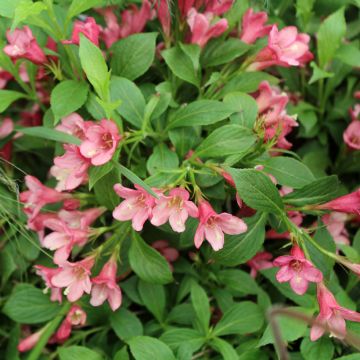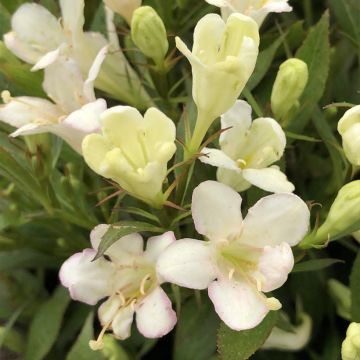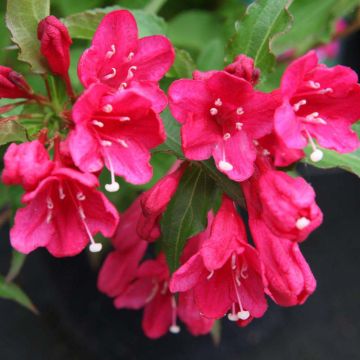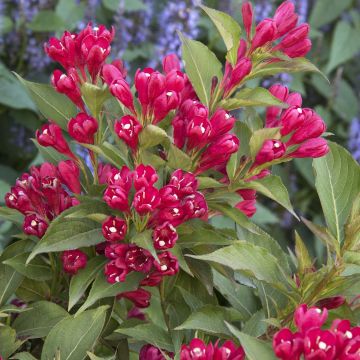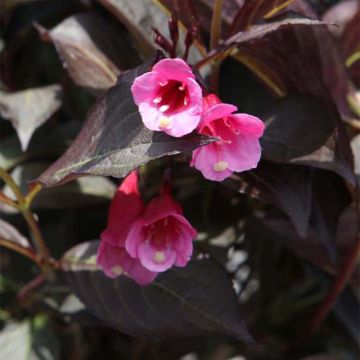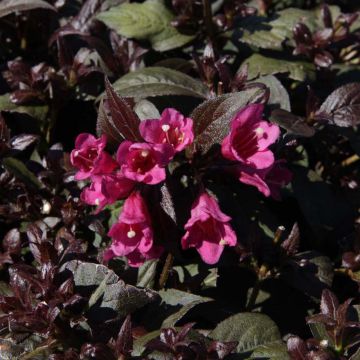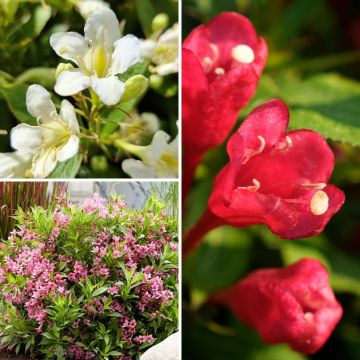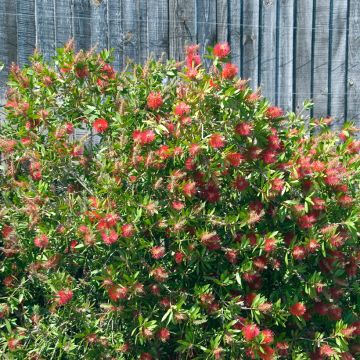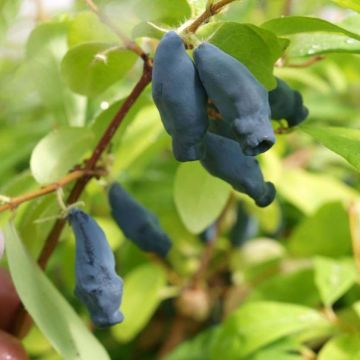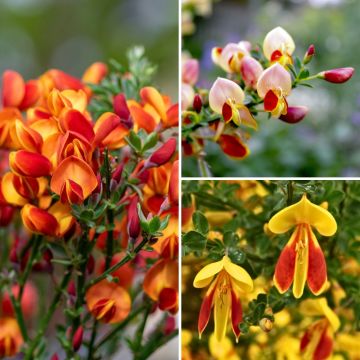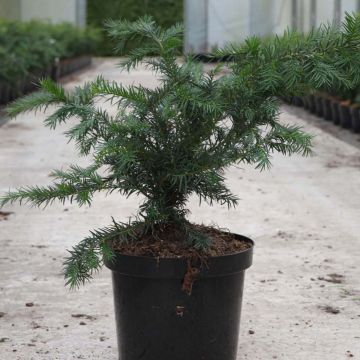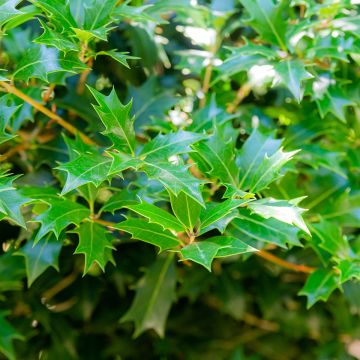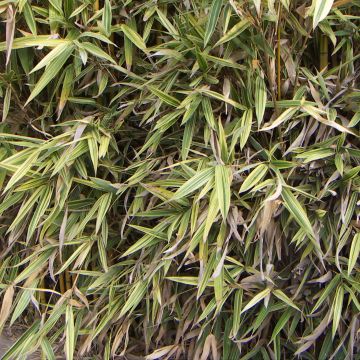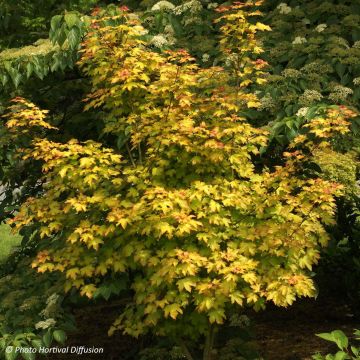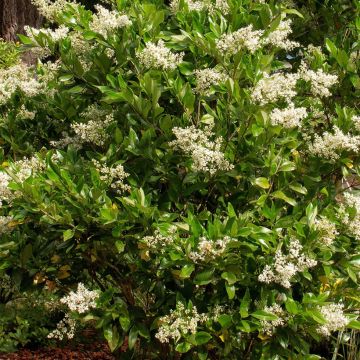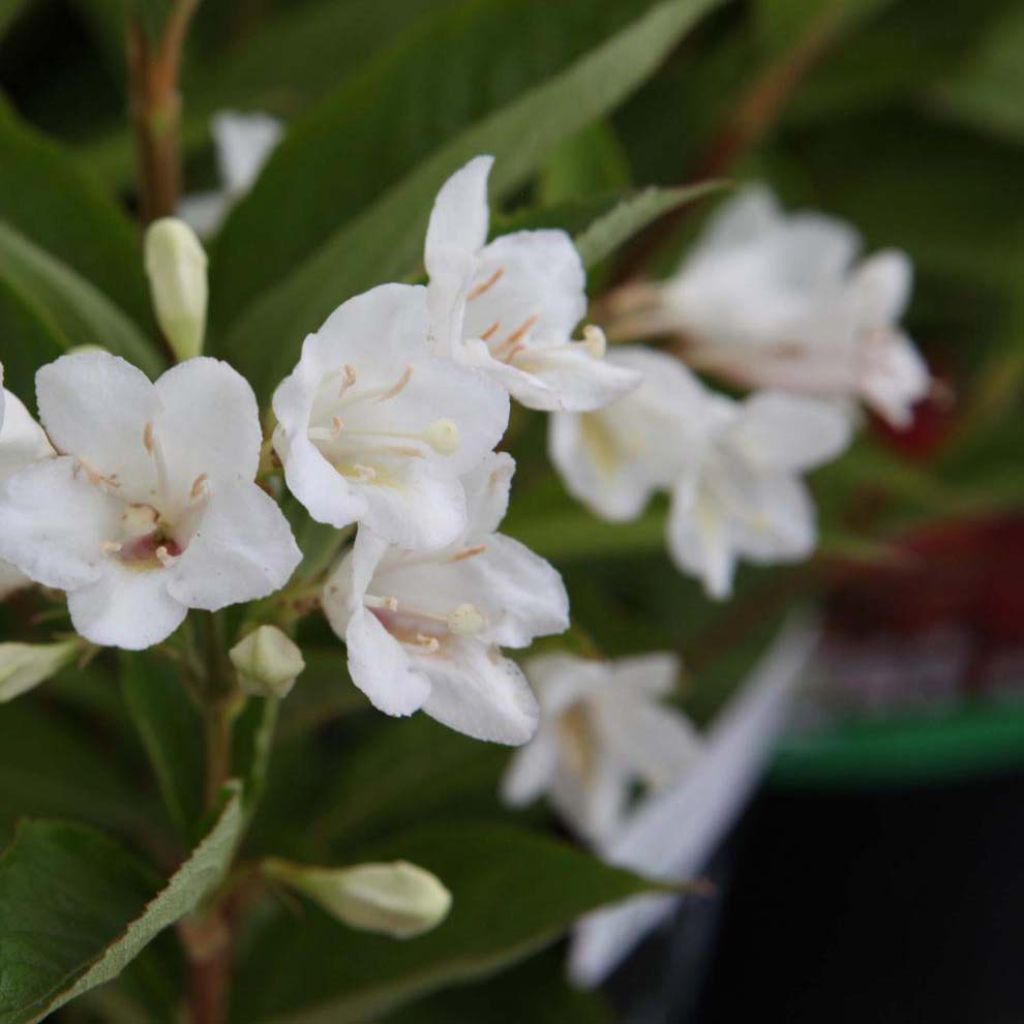

Weigela Candida
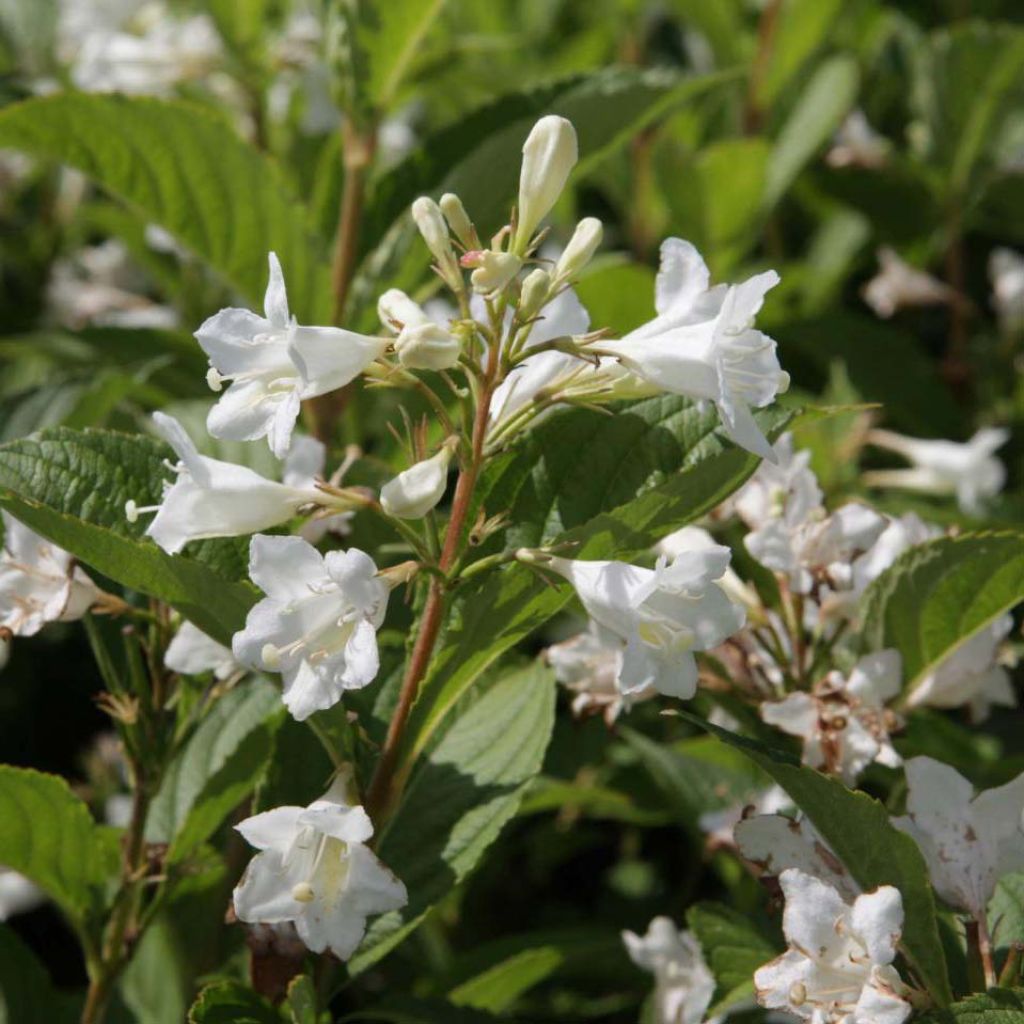

Weigela Candida
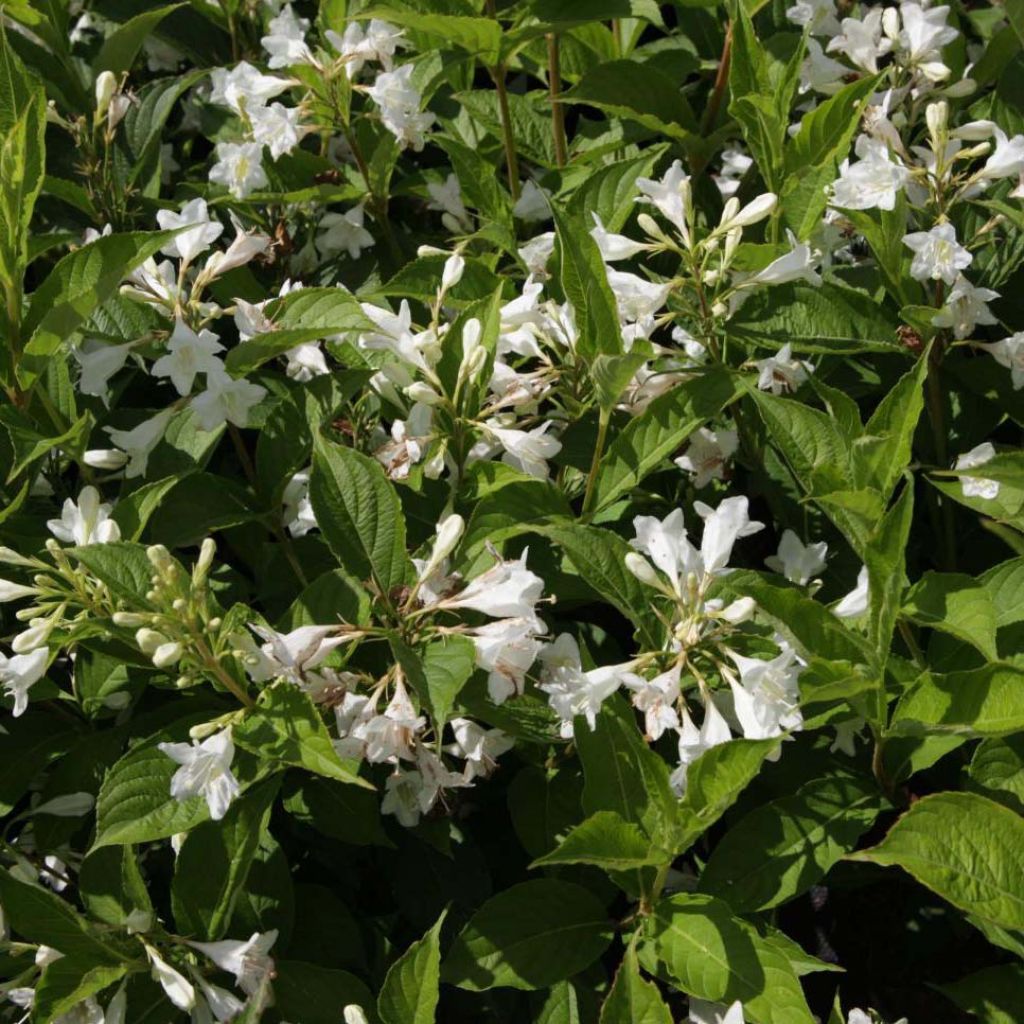

Weigela Candida
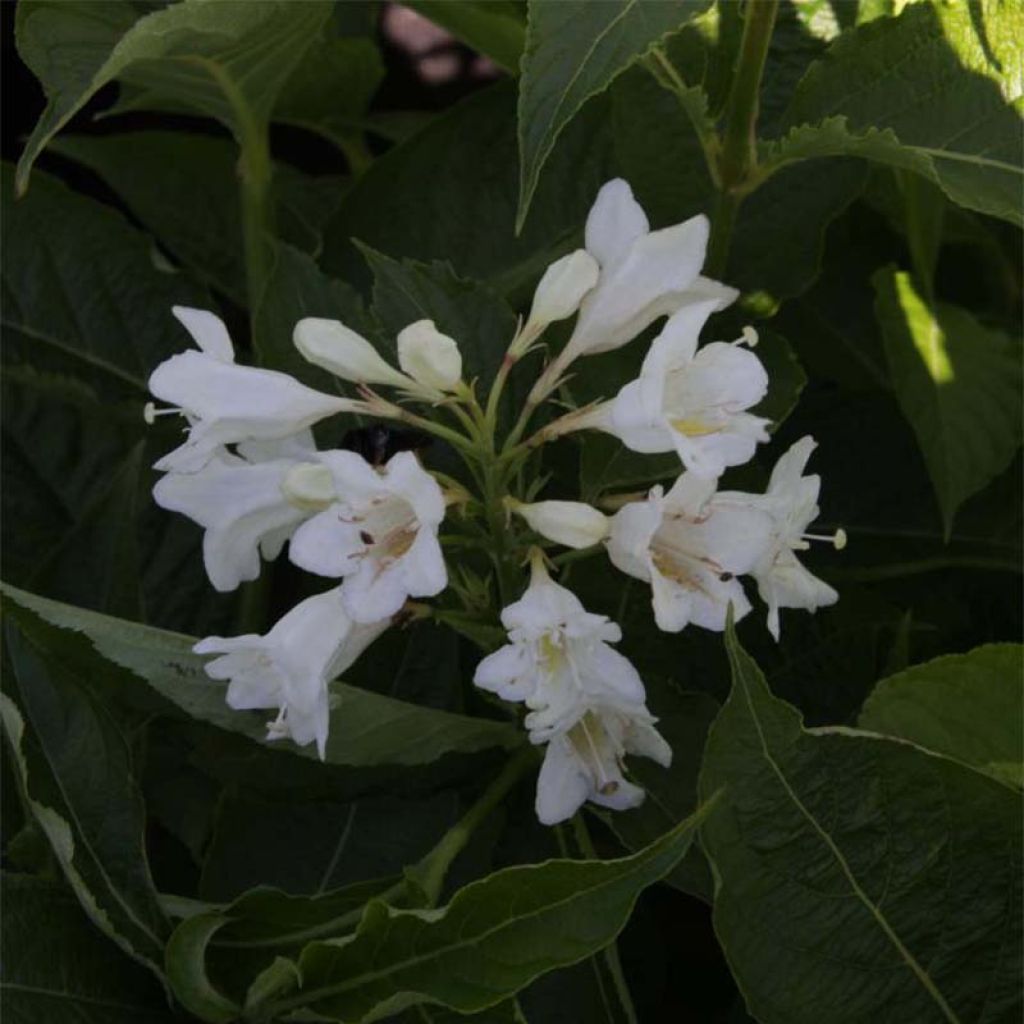

Weigela Candida
Weigela Candida
Weigela x florida Candida
Old-fashioned Weigela
Bush arrived and planted last year. It shoots and develops very well. Lovely white flowers in the spring.
Jacqueline, 18/05/2022
This item cannot be shipped to the selected country
Delivery charge from €5.90
Delivery charge from €5.90
More information
Schedule delivery date,
and select date in basket
This plant carries a 24 months recovery warranty
More information
We guarantee the quality of our plants for a full growing cycle, and will replace at our expense any plant that fails to recover under normal climatic and planting conditions.
From €5.90 for pickup delivery and €6.90 for home delivery
Express home delivery from €8.90.
From €5.90 for pickup delivery and €6.90 for home delivery
Express home delivery from €8.90.
Does this plant fit my garden?
Set up your Plantfit profile →
Description
Weigelia 'Candida' is a vigorous bush that is part of the great classics of flowering hedges and large landscape beds in many French regions. Easy to grow in a fresh soil, of beautiful stature, perfectly hardy, it offers a multitude of white and candid flowers in the shape of a funnel, rather large for the genus, which continue to bloom until the heart of summer. This flowering is even more graceful as it covers slightly arched branches and the bush, a sterile hybrid, does not exhaust itself by bearing fruits. The autumn colours of the foliage, tinged with ochre and purple, awaken the large beds.
Weigela 'Candida' derives from, among others, Weigela florida, native to northeastern China, Korea and Japan. Weigelas are Asian and belong to the family of Caprifoliaceae, just like honeysuckles. 'Candida' is a calcicolous bush (preferring calcareous soils) that develops a fibrous and tracing root system, which supports transplantation perfectly. It has a bushy habit, and eventually forms a large, ramified bush with initially erect branches that arch over time. Its growth is rapid in fresh soil, reaching about 2.50 metres (8 feet 2 inches) in height and 2 metres (6 feet 7 inches) in width when mature. Its funnel-shaped flowers, large compared to the type, are pure white. They are borne in corymbs, at the end of the previous year's branches, and bloom abundantly from May to June, then more sporadically in July. Its deciduous foliage is composed of light and bright green leaves, without petioles, pubescent on the underside, oval in shape, and takes on beautiful colours at the end of the season.
Hardy up to -20°C, the Weigela 'Candida' thrives in sunny or semi-shaded positions, in a fresh but well-drained soil. Its arched and vigorous habit makes it a very ornamental bush, whose abundant and candid flowering, far from being sad, animates any bocage hedge throughout the summer. In a bed, for example, give it companions such as Elaeanus pungens 'Maculata', Kerria japonica, Viburnum carlesii, mahonias, Hydrangea, variegated dogwoods, spireas, ornamental brambles, or even a Ribes gordonianum. In the background, the very dark foliage of hollies or yews will form a beautiful setting for its bright flowering and will ensure the decor in winter.
Report an error about the product description
Weigela Candida in pictures
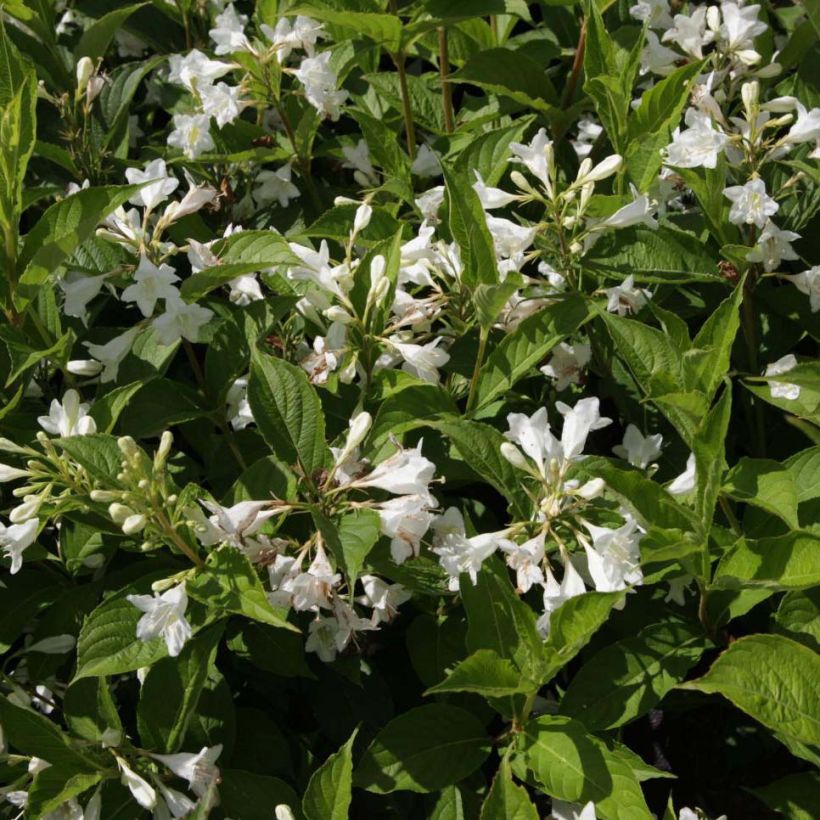

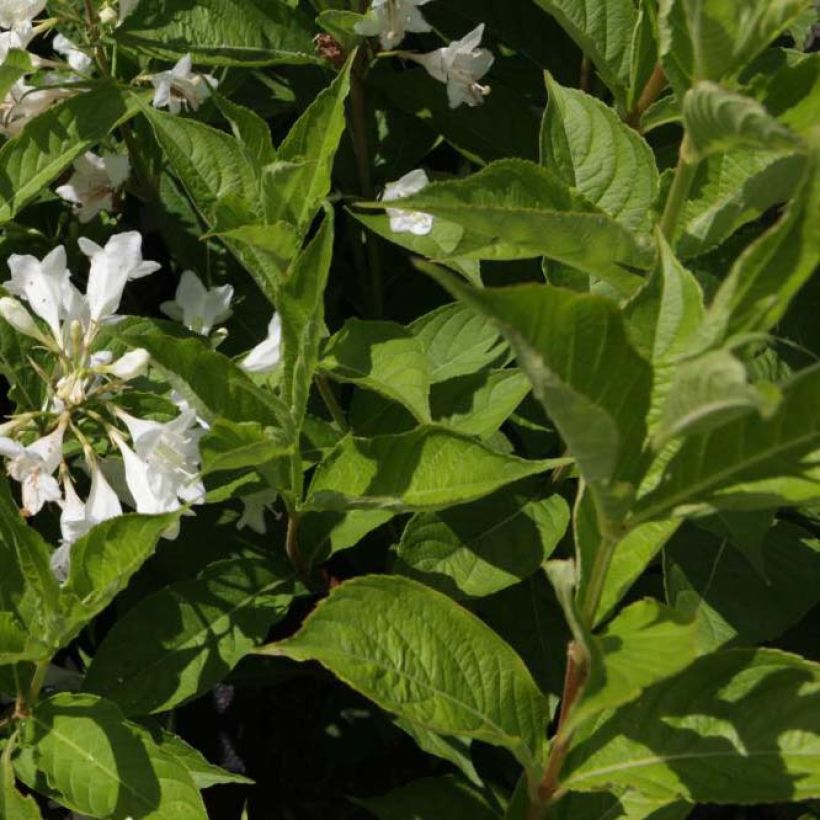

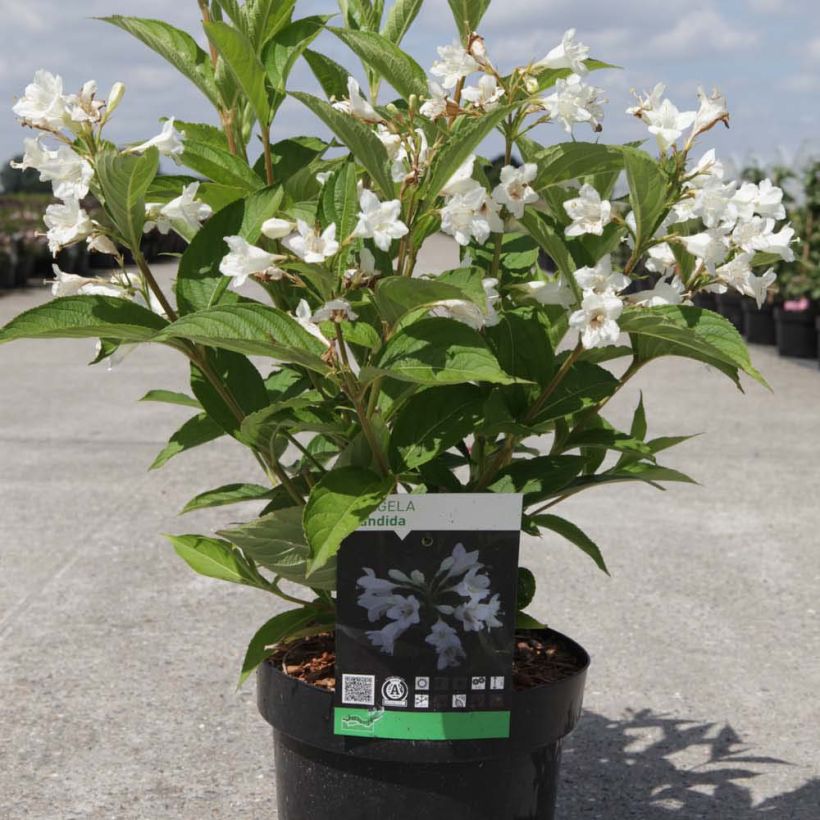

Plant habit
Flowering
Foliage
Botanical data
Weigela
x florida
Candida
Caprifoliaceae
Old-fashioned Weigela
Cultivar or hybrid
Other Weigela
Planting and care
Hardy up to -20°C (-4 °F), the Weigela florida 'Candida' thrives in sunny or semi-shaded positions. Plant it in ordinary, moist but well-drained soil, with a neutral to slightly alkaline pH, from October to March (excluding the freezing period). To maintain a compact habit and promote flowering, prune back the branches that have borne the spring flowers by 2/3, just after flowering.
Planting period
Intended location
Care
-
, onOrder confirmed
Reply from on Promesse de fleurs
Hedge shrubs
Haven't found what you were looking for?
Hardiness is the lowest winter temperature a plant can endure without suffering serious damage or even dying. However, hardiness is affected by location (a sheltered area, such as a patio), protection (winter cover) and soil type (hardiness is improved by well-drained soil).

Photo Sharing Terms & Conditions
In order to encourage gardeners to interact and share their experiences, Promesse de fleurs offers various media enabling content to be uploaded onto its Site - in particular via the ‘Photo sharing’ module.
The User agrees to refrain from:
- Posting any content that is illegal, prejudicial, insulting, racist, inciteful to hatred, revisionist, contrary to public decency, that infringes on privacy or on the privacy rights of third parties, in particular the publicity rights of persons and goods, intellectual property rights, or the right to privacy.
- Submitting content on behalf of a third party;
- Impersonate the identity of a third party and/or publish any personal information about a third party;
In general, the User undertakes to refrain from any unethical behaviour.
All Content (in particular text, comments, files, images, photos, videos, creative works, etc.), which may be subject to property or intellectual property rights, image or other private rights, shall remain the property of the User, subject to the limited rights granted by the terms of the licence granted by Promesse de fleurs as stated below. Users are at liberty to publish or not to publish such Content on the Site, notably via the ‘Photo Sharing’ facility, and accept that this Content shall be made public and freely accessible, notably on the Internet.
Users further acknowledge, undertake to have ,and guarantee that they hold all necessary rights and permissions to publish such material on the Site, in particular with regard to the legislation in force pertaining to any privacy, property, intellectual property, image, or contractual rights, or rights of any other nature. By publishing such Content on the Site, Users acknowledge accepting full liability as publishers of the Content within the meaning of the law, and grant Promesse de fleurs, free of charge, an inclusive, worldwide licence for the said Content for the entire duration of its publication, including all reproduction, representation, up/downloading, displaying, performing, transmission, and storage rights.
Users also grant permission for their name to be linked to the Content and accept that this link may not always be made available.
By engaging in posting material, Users consent to their Content becoming automatically accessible on the Internet, in particular on other sites and/or blogs and/or web pages of the Promesse de fleurs site, including in particular social pages and the Promesse de fleurs catalogue.
Users may secure the removal of entrusted content free of charge by issuing a simple request via our contact form.
The flowering period indicated on our website applies to countries and regions located in USDA zone 8 (France, the United Kingdom, Ireland, the Netherlands, etc.)
It will vary according to where you live:
- In zones 9 to 10 (Italy, Spain, Greece, etc.), flowering will occur about 2 to 4 weeks earlier.
- In zones 6 to 7 (Germany, Poland, Slovenia, and lower mountainous regions), flowering will be delayed by 2 to 3 weeks.
- In zone 5 (Central Europe, Scandinavia), blooming will be delayed by 3 to 5 weeks.
In temperate climates, pruning of spring-flowering shrubs (forsythia, spireas, etc.) should be done just after flowering.
Pruning of summer-flowering shrubs (Indian Lilac, Perovskia, etc.) can be done in winter or spring.
In cold regions as well as with frost-sensitive plants, avoid pruning too early when severe frosts may still occur.
The planting period indicated on our website applies to countries and regions located in USDA zone 8 (France, United Kingdom, Ireland, Netherlands).
It will vary according to where you live:
- In Mediterranean zones (Marseille, Madrid, Milan, etc.), autumn and winter are the best planting periods.
- In continental zones (Strasbourg, Munich, Vienna, etc.), delay planting by 2 to 3 weeks in spring and bring it forward by 2 to 4 weeks in autumn.
- In mountainous regions (the Alps, Pyrenees, Carpathians, etc.), it is best to plant in late spring (May-June) or late summer (August-September).
The harvesting period indicated on our website applies to countries and regions in USDA zone 8 (France, England, Ireland, the Netherlands).
In colder areas (Scandinavia, Poland, Austria...) fruit and vegetable harvests are likely to be delayed by 3-4 weeks.
In warmer areas (Italy, Spain, Greece, etc.), harvesting will probably take place earlier, depending on weather conditions.
The sowing periods indicated on our website apply to countries and regions within USDA Zone 8 (France, UK, Ireland, Netherlands).
In colder areas (Scandinavia, Poland, Austria...), delay any outdoor sowing by 3-4 weeks, or sow under glass.
In warmer climes (Italy, Spain, Greece, etc.), bring outdoor sowing forward by a few weeks.

































